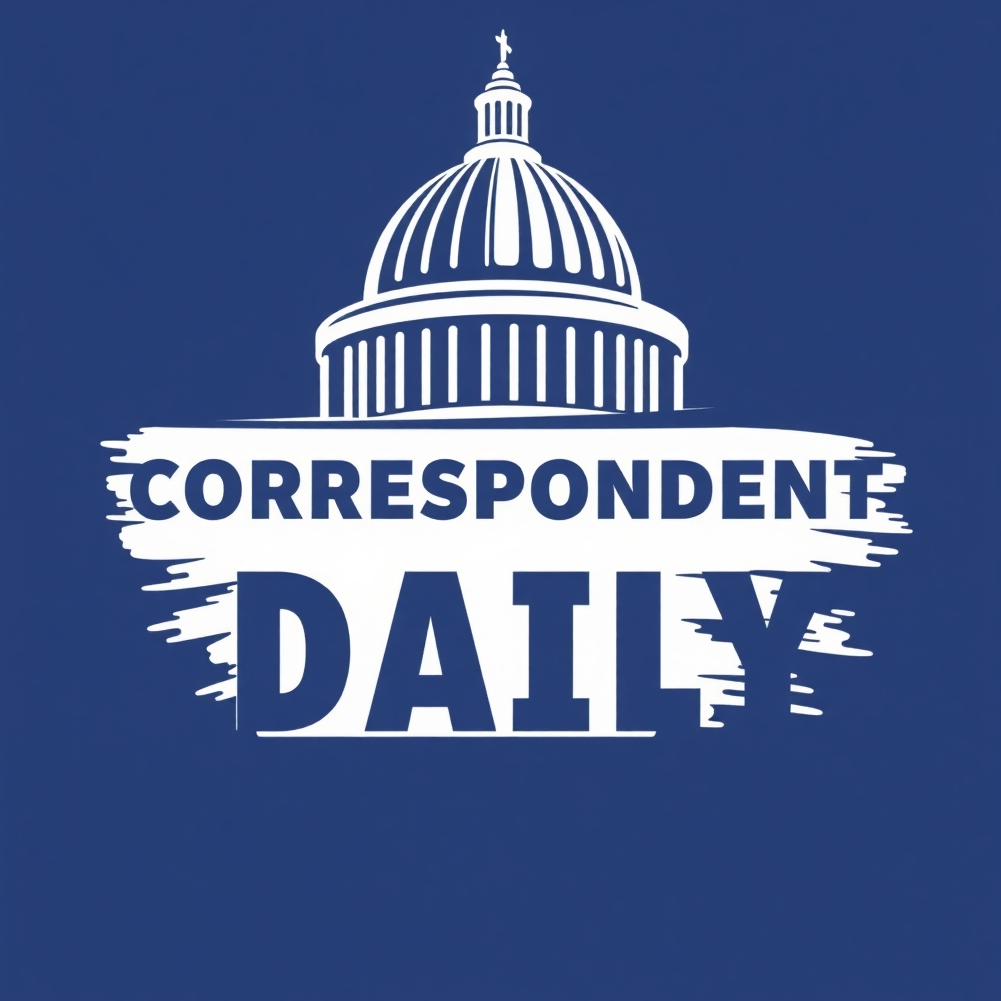
The Supreme Court's Landmark Decision: A Closer Look
In a historic ruling that has sent ripples through the fabric of American immigration policy, the Supreme Court has overturned restrictions on immigration stops in Los Angeles. This decision comes in the wake of previous incidents where U.S. citizens were inadvertently caught in immigration sweeps, leading to significant public outcry and legal challenges. The ruling, reflecting a significant shift in judicial interpretation, raises critical questions about civil liberties and the role of local law enforcement in federal immigration enforcement.
Understanding the Impact on Communities
The lifting of restrictions has sparked concern within immigrant communities, who now face renewed anxiety about potential confrontations with immigration agents. The ruling amplifies fears of racial profiling and discrimination, as many community members worry that their daily activities could be scrutinized based solely on their appearance or background. This decision shifts the balance between national security interests and the fundamental rights of individuals, igniting a debate that is likely to unfold in various forums, from local town halls to national protest marches.
Reactions from Advocates and Officials
Reactions from various stakeholders are mixed. Advocacy groups have expressed outrage, emphasizing the risks posed to marginalized communities and the dire implications for civil rights. Javier Bravo, a spokesperson for a local immigrant rights organization, stated, "This ruling undermines years of advocacy aimed at protecting vulnerable populations. We are entering a dangerous territory that could set a precedent of injustice and fear." Conversely, proponents of the decision argue that a robust immigration enforcement strategy is necessary for national security and public safety. Pro-immigration enforcement figures claim that the Supreme Court's ruling reflects a commitment to the rule of law and strengthens the ability of agencies to perform their duties without obstruction from local policies. This split highlights the ongoing national debate regarding immigration reform and enforcement practices.
Historical Context: Immigration Enforcement in the U.S.
This recent legal decision does not occur in a vacuum. Historically, U.S. immigration policies have oscillated between restrictive and lenient stances, shaping the lives of millions. Past administrations have adopted various measures, reflecting the complexities of a nation built on both immigration and the rule of law. The current situation echoes the contemporary struggles faced by agencies as they navigate the delicate balance between enforcing immigration laws and respecting human rights. By examining the timeline of legislative changes, we gain insight into how we arrived at this controversial decision.
Future Predictions: What Lies Ahead?
As the implications of this ruling unfold, future scenarios could include higher tensions between local authorities and federal immigration agencies. We may witness an increase in public protests, greater media scrutiny, and potentially more court battles as advocacy groups push back against perceived injustices. Monitoring how local law enforcement responds to increased federal immigration requests will be crucial. Additionally, one might question whether other cities will follow Los Angeles' example or resist by reinstating restrictions, thus setting a broader national trend.
Decisions You Can Make with This Information
For those affected or concerned about these developments, understanding the implications of this ruling is vital. Community members should familiarize themselves with their rights when interacting with immigration authorities. Engaging in local advocacy efforts, educating oneself on the current legal landscape, and staying informed about community resources can empower individuals and families amidst regulatory changes. The power of collective action may play a critical role in influencing policies at the local and state levels.
Common Myths and Misconceptions
There are several misconceptions surrounding immigration enforcement, including the belief that local law enforcement will always prioritize the welfare of families and communities during enforcement actions. It’s essential to dismantle these myths by providing clear information about how federal immigration policies intersect with local practices. Additionally, misinformation around the consequences of deportation can exacerbate fear and misunderstanding among immigrant communities. Knowledge is power: dispelling these myths can help unite communities against unjust practices.
Conclusion: The Ongoing Fight for Justice
Ultimately, the Supreme Court's decision to lift the restrictions on immigration stops in Los Angeles signals a significant turning point in the ongoing debate over immigration enforcement and civil rights. It emphasizes the need for continual advocacy to protect vulnerable populations and uphold justice. As discussions intensify and citizens awaken to the implications of this ruling, it is crucial to remain informed and involved. We encourage readers to consider how they can contribute to fostering a more equitable society.
 Add Row
Add Row  Add
Add 




Write A Comment